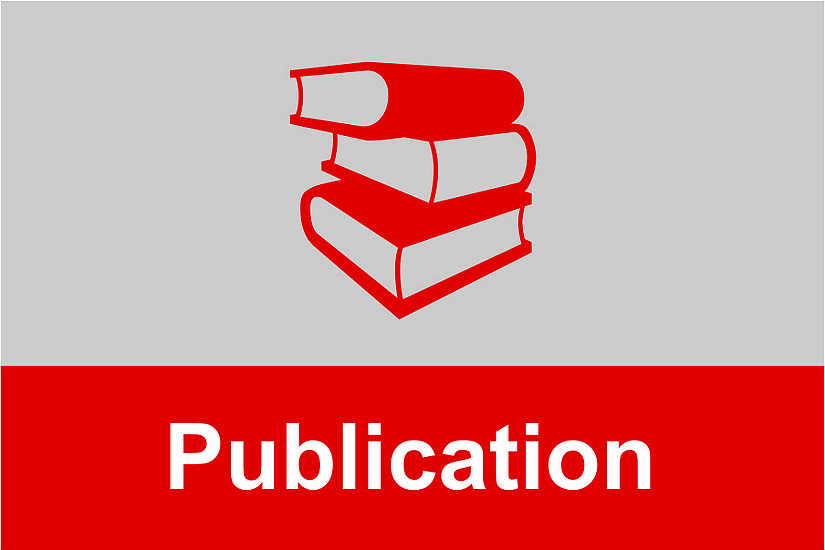How followers’ emotional stability and cultural value orientations moderate the impact of health-promoting leadership and abusive supervision on health-related resources
Health-related resources at work are crucial for followers to stay fit and cope with stress. This study investigates the impact of leadership behavior on followers’ resources as antecedents of their health. It thereby takes follower characteristics (emotional stability) and cultural aspects (power distance/collectivism) into account. A total of 503 employees from Austria, Germany and Slovenia took part in this study and provided information on their leaders’ health-promoting behaviour and abusive supervision as well as on their own emotional stability, perceived power distance and collectivism. The results suggest that followers differently benefit from or suffer under perceived leadership: high power distance enhances the positive effect of health-promoting leadership on follower resources, while collectivism strengthens the negative impact of abusive supervision on the same resources. Emotionally stable followers who are working with highly abusive leaders experience the strongest threat to their health resources. In brief, this study contributes to a deeper understanding of how leaders impact those resources known to influence followers’ health.
Bregenzer, A., Felfe, J., Bergner, S. und Jimenez, P. (2019): How followers’ emotional stability and cultural value orientations moderate the impact of health-promoting leadership and abusive supervision on health-related resources, in: German Journal of Human Resource Management, pp. 1-30, doi: doi.org/10.1177/2397002218823300 [02.02.2019].
Weitere Publikationen finden Sie hier.




